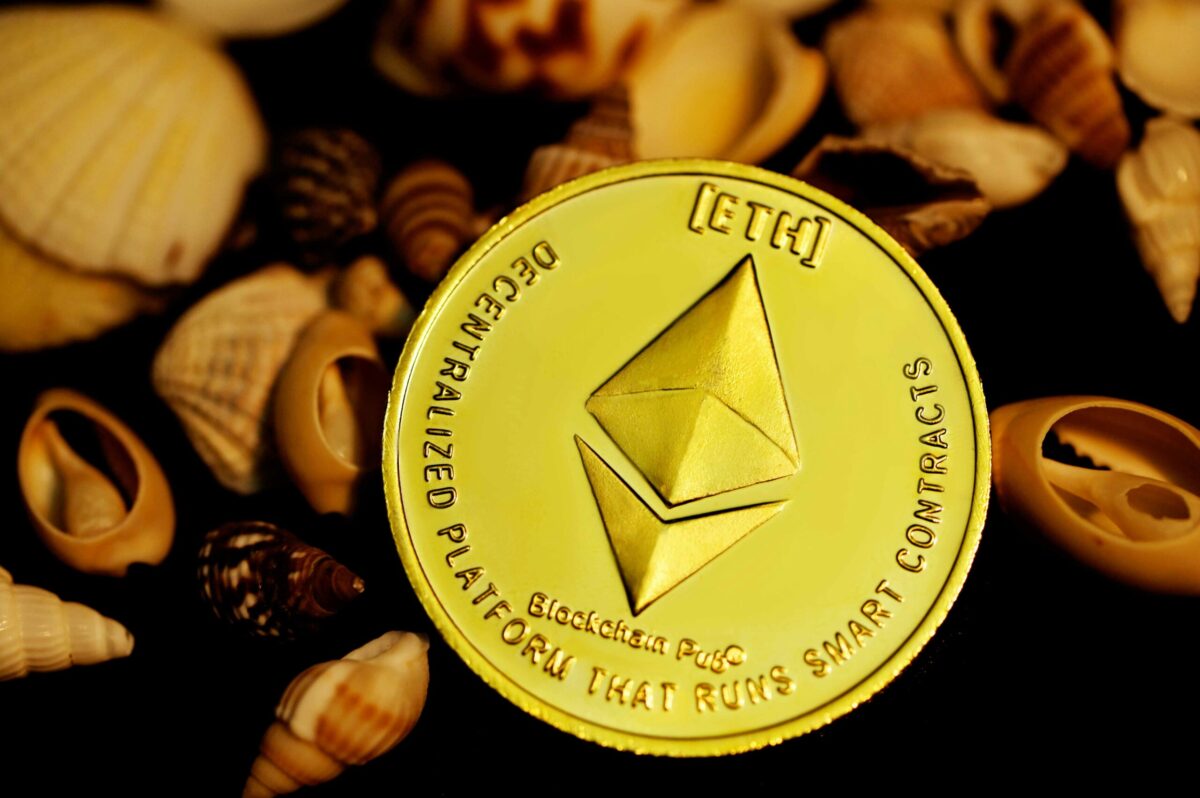Fidelity Investments, one of the world’s largest financial firms, is making significant progress toward launching its own stablecoin.
According to the Financial Times, the company is in the advanced stages of developing this digital currency, which will act as a form of “digital cash” in the cryptocurrency market.
With around $5 trillion in assets under management, Fidelity has been gradually expanding its role in the crypto space. The move to introduce a stablecoin signals its growing interest in blockchain technology and digital finance.
Fidelity’s stablecoin could directly compete with some of the biggest players in the industry, like Tether ($USDT) and Circle’s $USDC. The company’s new token is expected to be tied to the value of the US dollar, similar to popular existing stablecoins . This means its value will remain stable, making it useful for financial transactions and trading.
Fidelity also plans to integrate the stablecoin into its broader strategy of asset tokenisation, which involves converting traditional assets into digital forms that can be traded on the blockchain.
This development comes at a time when the US government, under President Donald Trump, is introducing regulatory changes that make it easier for traditional financial institutions to enter the crypto market.
Fidelity’s expanding presence
Fidelity has been involved in the cryptocurrency market for several years, particularly in Bitcoin-related services.
In 2018, it started offering Bitcoin custody solutions to institutional investors, allowing them to store their digital assets securely. Since then, the company has taken further steps to strengthen its position in the crypto sector.
Earlier this year, Fidelity Digital Assets released its “2025 Look Ahead” report, predicting that digital assets would soon become mainstream.
The Director of Research at Fidelity Digital Assets, Chris Kuiper, stated, “We believe 2025 will be a defining year for crypto,” highlighting that more institutions are beginning to adopt digital assets.
In addition to launching a stablecoin, Fidelity recently applied for regulatory approval to introduce a blockchain-based version of its Treasury Digital Fund (FYHXX).
This fund consists of cash and US Treasury securities and is only available to hedge funds and institutional clients.
A stablecoin issued by Fidelity could act as a cash alternative within this fund, making transactions faster and more efficient.
The Head of Digital Asset Management at Fidelity, Cynthia Lo Bessette, has spoken about the potential of tokenisation to change the financial world.
“Tokenisation could redefine finance, allowing digital assets to serve as collateral for a wide range of financial transactions”, she explained.
This means that instead of relying on traditional financial methods, digital assets could be used in new ways, such as securing loans or making instant transfers.
Competition in the stablecoin market
The stablecoin market has grown rapidly over the years, with a total market valuation of approximately $234 billion. Tether is the most dominant stablecoin, with a market cap of $144 billion, making up more than 60% of the market. Circle’s $USDC follows closely behind, expanding its presence in global finance.
Fidelity’s entry into this space will increase competition, especially among financial giants looking to issue their own digital currencies.
Other traditional financial firms, including PayPal, have already launched stablecoins. PayPal’s $PYUSD, for example, is one of the first stablecoins released by a major payment provider.
Several banks have also stepped into the market. Custodia Bank and Vantage Bank have successfully issued blockchain-based stablecoins backed by US dollars.
On 25 March, Custodia Bank announced that it had completed a historic transaction involving its Avit stablecoin.
This was described as “America’s first-ever tokenisation of a bank’s US dollar demand deposits on a permissionless blockchain”.
Custodia CEO, Caitlin Long, emphasised the importance of regulatory approval in this process. “We broke ground on the legal and regulatory front, proving that US banks can collaborate to tokenise demand deposits on a permissionless blockchain in a regulatorily compliant manner”, she said.
At the same time, World Liberty Financial (WLFI), a blockchain project backed by former President Donald Trump, has announced plans to launch a stablecoin called USD1.
This token will be backed by short-term US government bonds and cash reserves, making it a strong competitor in the market.
The co-founder of WLFI, Zach Witkoff, described USD1 as a stablecoin that merges decentralised finance (DeFi) with traditional financial safeguards. “USD1 provides what algorithmic and anonymous crypto projects cannot—access to the power of DeFi underpinned by the credibility and safeguards of the most respected names in traditional finance”, he stated.
This suggests that financial institutions and sovereign investors may be more comfortable using USD1 due to its backing from established financial systems.
BitGo, a digital asset security firm, will oversee the reserves of USD1, ensuring that it remains fully backed. Its CEO, Mike Belshe, highlighted the importance of secure management in stablecoin projects, saying that USD1 will offer “seamless, secure cross-border transactions”.
With more financial institutions launching stablecoins, competition is heating up. Analysts expect the stablecoin market to grow even further, possibly surpassing $400 billion by the end of 2025.
The future of stablecoins and traditional finance
The rise of stablecoins marks a shift in the financial landscape, as more institutions recognise the benefits of blockchain-based transactions.
Stablecoins are increasingly seen as a tool for improving liquidity and facilitating faster cross-border payments.
Vantage Bank CEO, Jeff Sinnott, highlighted the impact of this change, stating, “This event marks a pivotal moment in reshaping the financial landscape, demonstrating how blockchain and stablecoins can revolutionise payments”.
His statement reflects a broader trend in which blockchain-based stablecoins are being used not just by crypto companies but also by traditional banks.
Meanwhile, Ethereum continues to be a major platform for stablecoin transactions. As of 25 March, 2025, Ethereum’s price stood at $2,068.08, with a total market cap of $249.50 billion.
The platform remains a key player in the crypto space, supporting a growing number of stablecoins.
The recent growth in the stablecoin sector has been significant. In March 2025 alone, the market added $10.28 billion, bringing its total valuation to $234.60 billion.
Tether saw a 1.29% increase in circulation, adding $1.841 billion to its supply, while $USDC surpassed the $60 billion mark for the first time after a $2.909 billion increase in value.
Other stablecoins have also seen major gains. BlackRock’s $BUIDL token has grown by 239% since February, while Ethena’s $USDtb has increased by 1,505%. These figures highlight the rising demand for stable, blockchain-based assets.
Industry experts believe that stablecoins will continue to play a crucial role in the global economy. At the recent Digital Asset Summit, President Donald Trump expressed his support for stablecoins, saying they could strengthen the US dollar’s position in international markets.
With Fidelity’s stablecoin on the way, the competition in this sector will only intensify. The company’s strong reputation and experience in financial services give it a unique advantage.
However, it will need to navigate regulatory challenges and compete with established players like Tether and Circle.
As the world moves further into digital finance, the role of stablecoins will likely continue to expand. Whether issued by crypto firms or traditional banks, these digital assets are reshaping the way money moves across the globe.


